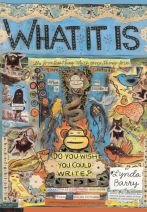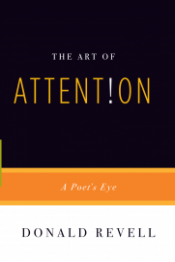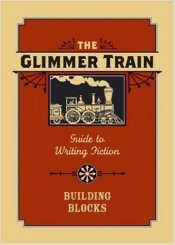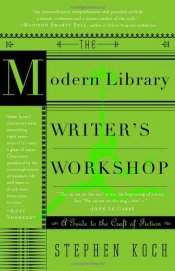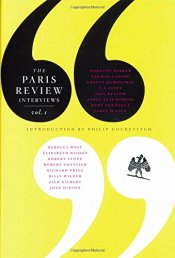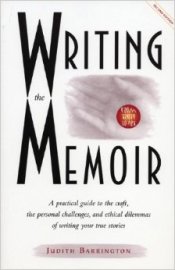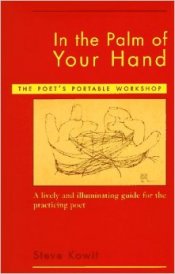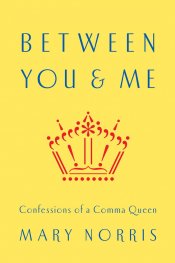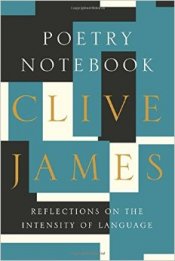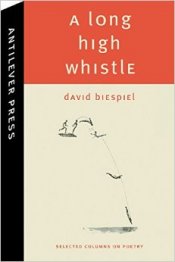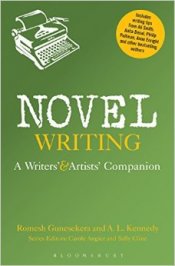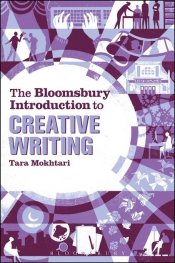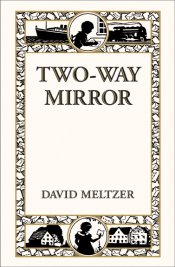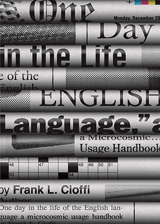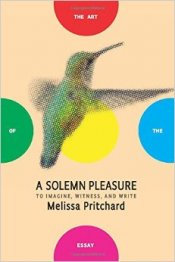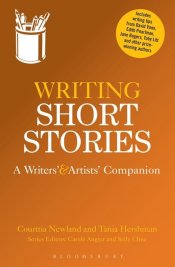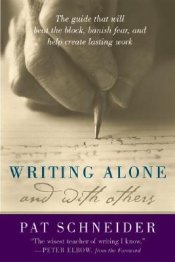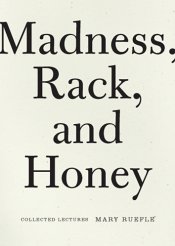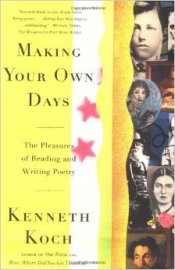The Racial Imaginary: Writers on Race in the Life of the Mind
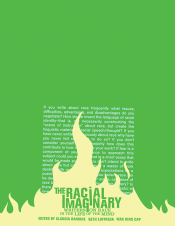
"This collection is founded on the idea that it's worth trying to write about race, again—in particular that something valuable happens when an individual writer reflects on race in the making of creative work." In 2011 Claudia Rankine created Open Letter, an online forum about race and the art of writing that elicited responses from a diverse group of artists and writers. In this anthology, authors such as Simone White, Francisco Aragón, Bhanu Kapil, Dawn Lundy Martin, and many others offer their responses, filled with their own experiences, questions, and convictions. The result is a vital conversation on a range of topics including depictions of social and racial identity; race, feminism, and creative spaces; and "the white imaginary."






